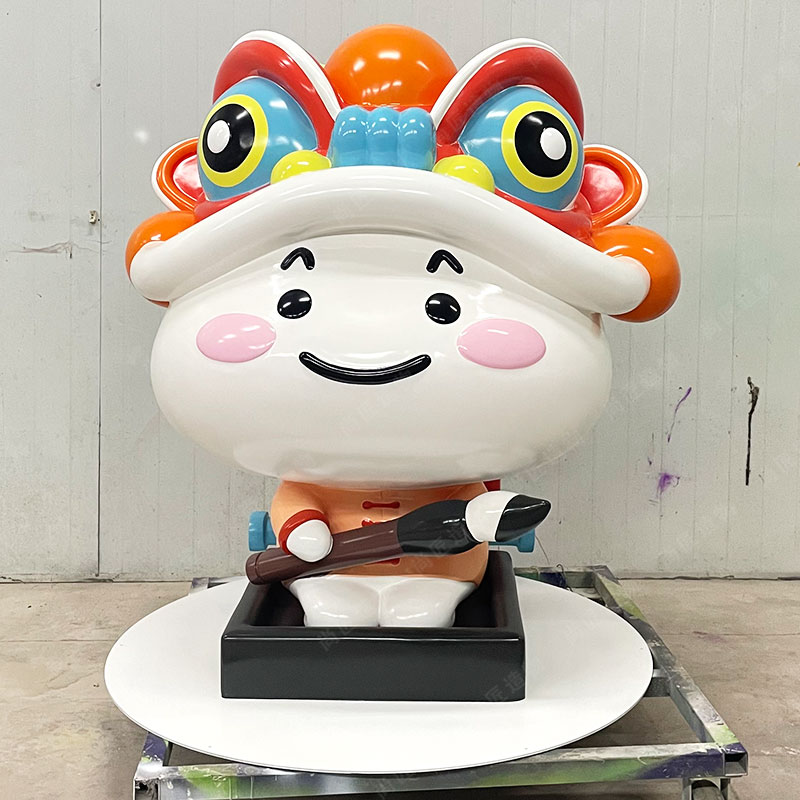Key Takeaways
Fiberglass sculptures represent a unique intersection of artistic precision and engineering innovation. These statues achieve remarkable realism through advanced molding techniques, capturing intricate details from textured surfaces to lifelike proportions. Unlike traditional materials like stone or bronze, fiberglass offers exceptional durability without sacrificing visual fidelity. Its lightweight nature simplifies installation and transportation, making it ideal for both permanent outdoor displays and rotating gallery exhibits.
The material’s weather-resistant properties ensure longevity in diverse climates, resisting corrosion, UV damage, and temperature fluctuations. This resilience allows artists to maintain aesthetic integrity over decades, even in coastal or high-moisture environments. Furthermore, fiberglass permits creative flexibility—artisans can replicate organic textures like tree bark or animal fur while ensuring structural stability. As a sustainable alternative to heavier mediums, it reduces environmental impact during production and logistics. These combined attributes position fiberglass as a forward-thinking solution for modern sculptural art, balancing tradition with technological advancement.

Fiberglass Sculptures: Realism Meets Durability
Fiberglass sculptures bridge the gap between artistic precision and structural resilience, offering a modern solution for creators seeking lifelike forms that withstand environmental challenges. Unlike traditional materials like stone or bronze, fiberglass combines layered glass fibers with resin polymers, enabling intricate detailing while maintaining a fraction of the weight. This unique composition allows artists to replicate textures as delicate as human hair or as rugged as tree bark without compromising durability.
"Fiberglass lets us push boundaries in realism while ensuring the sculpture survives decades outdoors," notes industrial sculptor Amanda Reyes.
| Feature | Fiberglass | Traditional Materials |
|---|---|---|
| Weight | 60-70% lighter | Heavy |
| Weather Resistance | High | Moderate to Low |
| Detail Reproduction | Exceptional | Limited by Material |
| Maintenance | Low | Frequent Cleaning/Sealing |
For outdoor installations, fiberglass resists UV degradation, temperature fluctuations, and moisture penetration—critical for preserving paint finishes and structural integrity. Indoor applications benefit from its lightweight nature, reducing installation complexities. A practical tip: Apply automotive-grade wax annually to outdoor fiberglass statues to enhance UV protection without altering surface textures.
This material’s adaptability supports hyper-realistic designs, from garden gargoyles with weathered textures to sleek modern abstracts, making it a versatile choice for both public art and private collections. By merging artistic ambition with engineering pragmatism, fiberglass redefines what durable art can achieve.
Weather-Resistant Fiberglass Statue Benefits
Fiberglass statues excel in outdoor environments due to their inherent resistance to weather-related damage. Unlike traditional materials like stone or wood, fiberglass does not absorb moisture, preventing cracks from freeze-thaw cycles or warping from humidity. The material’s non-porous surface also inhibits mold growth and UV degradation, ensuring colors remain vibrant even after years of sun exposure. For coastal areas or regions with heavy rainfall, this durability makes fiberglass sculptures a practical alternative to metal artworks prone to rust, such as stainless steel sculptures, which may require frequent maintenance.
The lightweight nature of fiberglass further enhances its weather resilience. Heavy winds or storms pose minimal risk of toppling, as installations can be securely anchored without excessive structural bulk. This adaptability allows artists to create intricate, lifelike details—from flowing drapery to delicate foliage—without compromising structural integrity. As climates grow more unpredictable, fiberglass offers a balance of artistic freedom and long-term reliability, seamlessly transitioning to discussions about material comparisons and design versatility in modern sculpture.
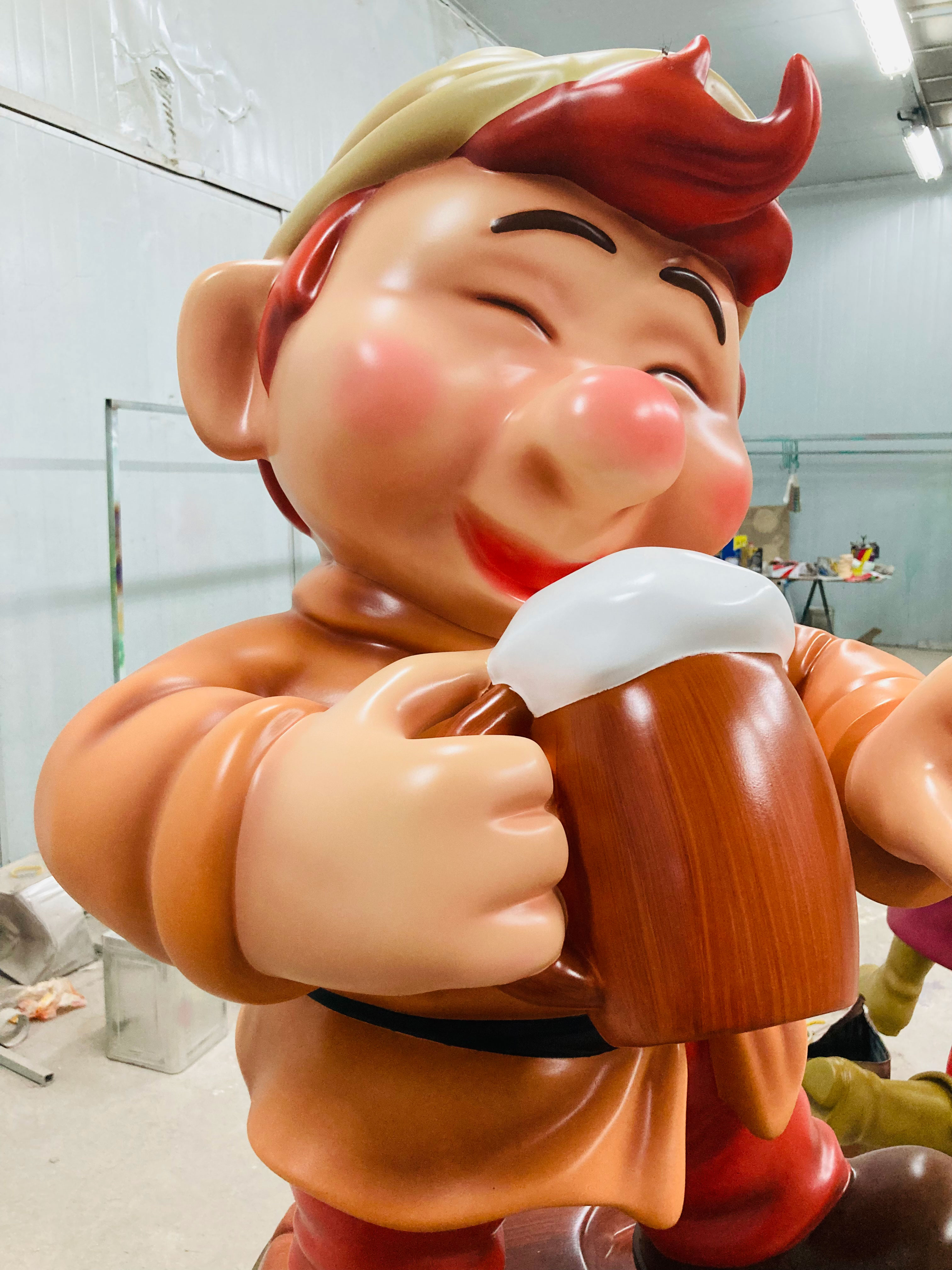
Lightweight Artistry for Indoor/Outdoor Spaces
Fiberglass sculptures redefine artistic versatility by combining portability with structural integrity. Unlike traditional materials such as stone or bronze, fiberglass’s low-density composition allows for easy relocation and installation in diverse environments—from garden pathways to gallery interiors. This lightweight quality does not compromise durability; reinforced resin layers create a weather-resistant shell capable of withstanding UV exposure, temperature fluctuations, and moisture.
Artists leverage fiberglass’s malleability to achieve intricate textures and lifelike forms, mimicking natural materials like wood or marble while maintaining a fraction of the weight. For indoor settings, these statues adapt seamlessly to spatial constraints, enabling dynamic arrangements without structural concerns. Outdoors, their resilience ensures decades of aesthetic appeal, even in coastal or high-humidity regions. Fiberglass sculpture manufacturers often incorporate UV inhibitors and anti-corrosive coatings, further enhancing longevity without sacrificing artistic detail.
The material’s adaptability supports both minimalist and ornate designs, making it a preferred choice for public installations, residential decor, and commercial landscaping. By balancing practicality with creative freedom, fiberglass bridges the gap between functional durability and expressive artistry.
Crafting Realistic Details in Fiberglass Design
Achieving lifelike precision in fiberglass statues begins with advanced molding techniques that capture intricate textures, from delicate facial expressions to flowing fabric folds. Artists use silicone molds to replicate organic patterns, ensuring every vein on a leaf or feather strand is preserved. Unlike heavier materials like stone or metal, fiberglass’s malleability allows for refined adjustments during the curing process, enabling sculptors to perfect proportions without compromising structural stability.
The material’s layered construction—combining resin with glass fibers—creates a robust base that supports hyper-detailed surfaces while remaining lightweight. This durability ensures that even fragile-looking elements, such as outstretched wings or slender fingers, withstand environmental stressors. For dynamic installations like kinetic sculpture, fiberglass’s flexibility allows moving parts to maintain their realistic appearance without cracking under motion. By balancing artistic precision with engineering principles, modern fiberglass designs deliver visual authenticity matched by long-term resilience, making them ideal for both gallery displays and outdoor public art.
Long-Lasting Fiberglass Sculpture Advantages
Fiberglass sculptures excel in longevity due to their unique material composition. Unlike traditional stone or metal, fiberglass resists environmental stressors like UV radiation, moisture, and temperature fluctuations without corroding or cracking. This durability stems from polyester resins and gel coatings that create a protective barrier, ensuring colors remain vibrant and surfaces intact for decades. The material’s lightweight nature also reduces structural stress, minimizing wear over time—a critical advantage for outdoor installations exposed to harsh climates.
Additionally, fiberglass’s low thermal expansion coefficient prevents warping, maintaining precise artistic details even under extreme weather. For example, cartoon sculptures crafted from fiberglass retain their whimsical features year-round, from summer heatwaves to winter frost. Maintenance is minimal, requiring only occasional cleaning with mild soap, making it a practical choice for both public art and private collections. This combination of resilience and ease of care positions fiberglass as a sustainable option for preserving artistic integrity across generations.
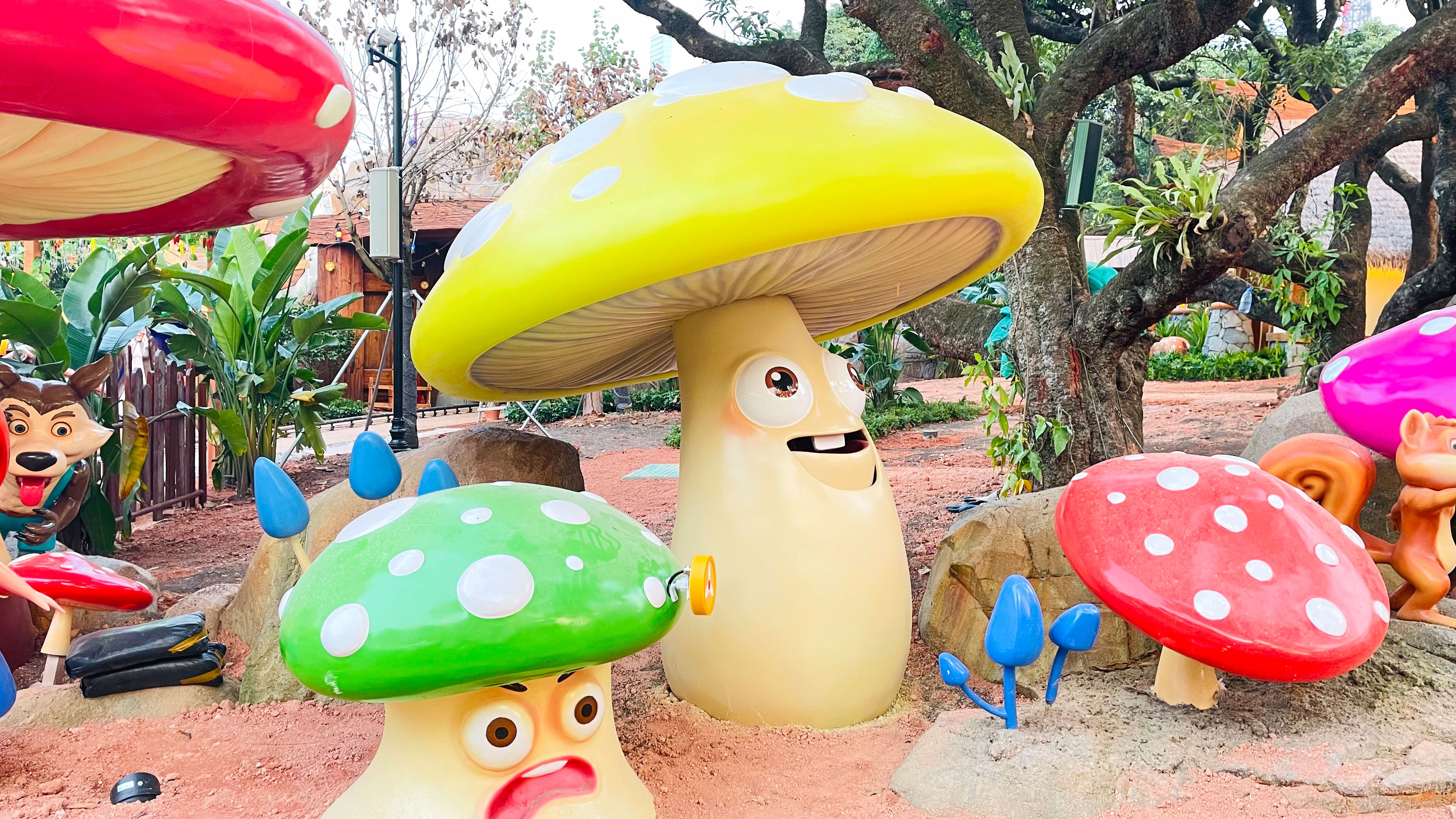
Durable Statue Solutions for Harsh Climates
Extreme weather conditions demand materials that can withstand relentless exposure without degrading. Fiberglass statues emerge as optimal solutions for harsh environments due to their engineered resilience. Unlike traditional stone or metal sculptures, fiberglass maintains structural integrity when facing ultraviolet radiation, salt spray, subzero temperatures, and high humidity. This synthetic composite material resists cracking, warping, and corrosion—common failures in coastal installations, desert landscapes, and snow-prone regions. Advanced manufacturing techniques allow precise replication of textures like weathered stone or aged bronze while preserving the material’s lightweight properties. For projects requiring customized designs, IP character sculpture specialists utilize fiberglass’s adaptability to create intricate forms capable of enduring decades of environmental stress. The combination of protective gel coatings and reinforced laminates ensures these artworks retain their visual impact even under sustained meteorological challenges.
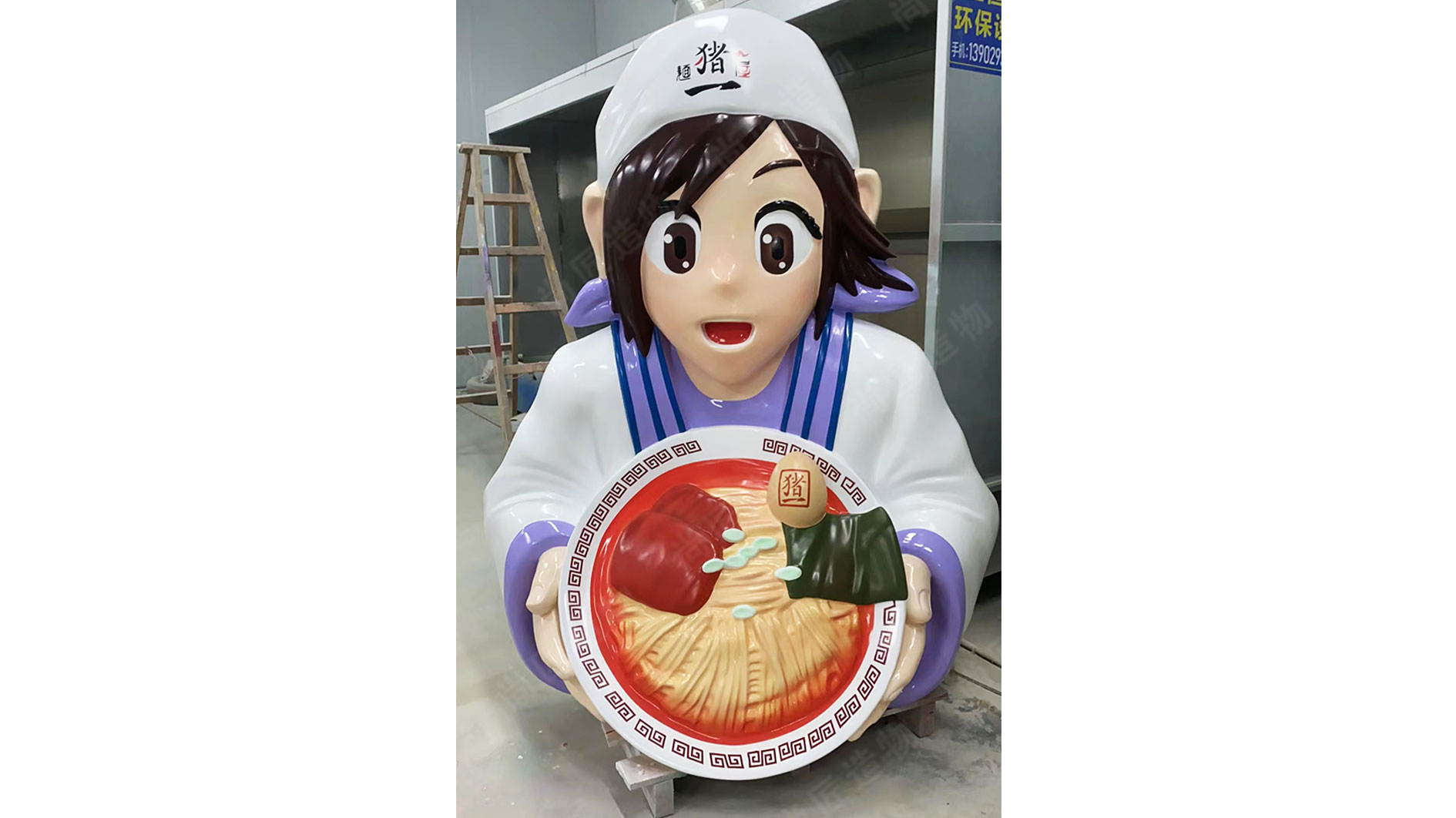
Fiberglass vs Traditional Sculpture Materials
When selecting materials for sculptures, artists and buyers often weigh fiberglass against traditional options like bronze, stone, or wood. Unlike bronze, which requires intensive labor for casting and polishing, fiberglass offers a streamlined production process that reduces costs without sacrificing detail. Stone sculptures, while timeless, are prone to cracking in temperature fluctuations and demand heavy machinery for installation—a challenge fiberglass avoids with its 70-80% lighter weight. Wood, though warm and organic, degrades quickly in humid or pest-prone environments, whereas fiberglass resists rot, insects, and moisture indefinitely.
Modern fiberglass blends practicality with precision. Its moldable nature allows artists to replicate textures as delicate as weathered stone or as intricate as carved wood grain, achieving realism that rivals traditional mediums. For outdoor installations, fiberglass outperforms metals by resisting corrosion and maintaining structural integrity in harsh sunlight or freezing conditions. While purists may argue for the prestige of classic materials, fiberglass provides a versatile, low-maintenance alternative that aligns with contemporary needs for durability and adaptability across climates.

Maintaining Artistic Integrity in Fiberglass
While fiberglass offers practical advantages like weather resistance and lightweight portability, artists face unique challenges in preserving creative vision. The material’s mold-based production process requires meticulous attention to detail during the sculpting phase to avoid losing subtle textures or organic shapes. Skilled artisans often employ layered lamination techniques to replicate delicate features—such as facial expressions or flowing drapery—without compromising structural stability. This balance between technical precision and artistic expression ensures that fiberglass statues retain the emotional depth of traditional mediums like bronze or stone.
Advances in surface finishing further enhance realism, with UV-resistant coatings and hand-painted patinas mimicking aged metals or natural stone textures. By combining modern engineering with classical sculpting principles, creators safeguard the authenticity of their work while leveraging fiberglass’s durability for long-term outdoor display. Such innovations address concerns about industrial uniformity, proving that functionality and artistry can coexist in contemporary sculpture.
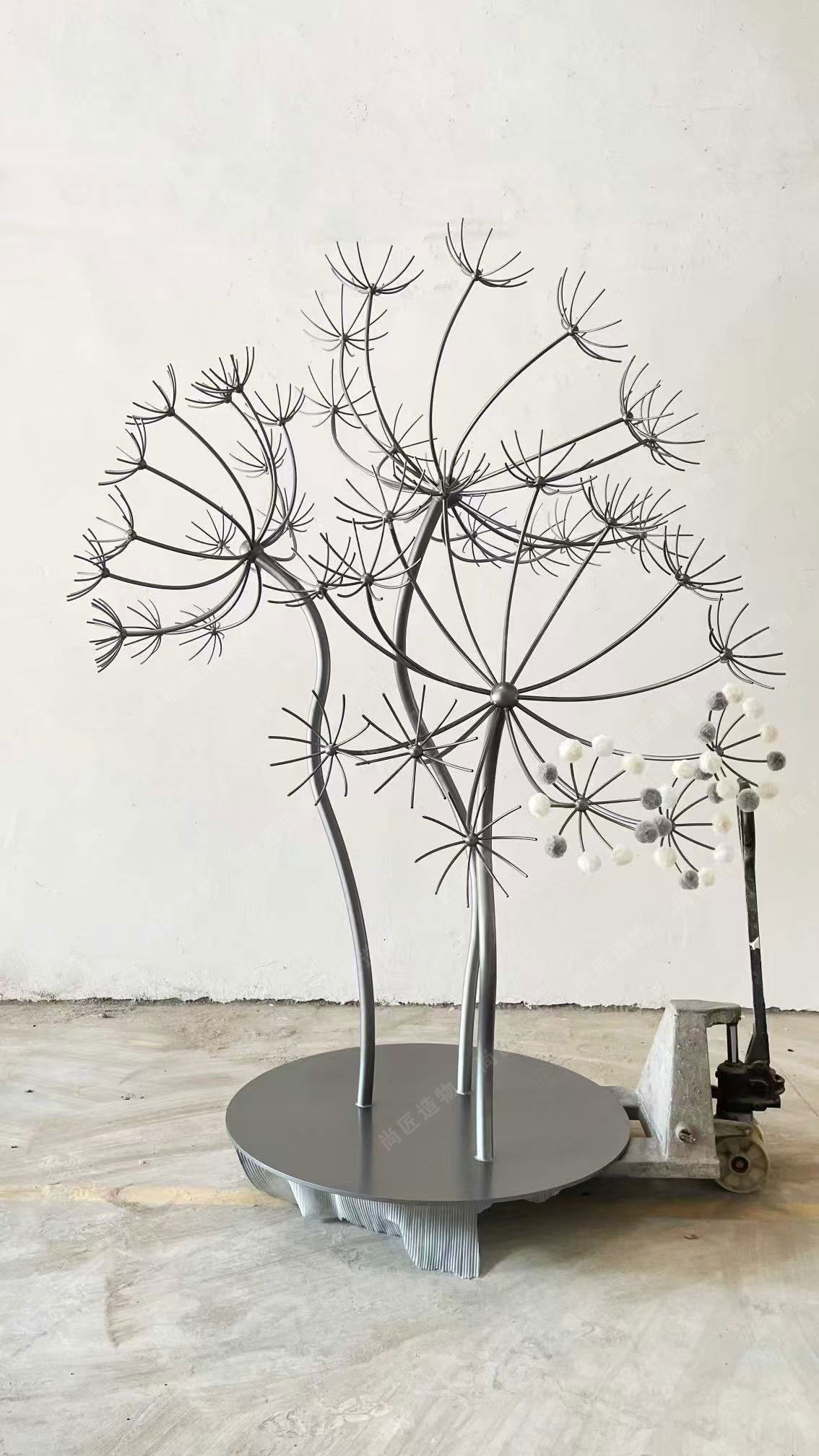
Conclusion
Fiberglass statues represent a modern synthesis of artistic ambition and material innovation. By combining meticulous craftsmanship with advanced composite technology, these creations achieve lifelike detail while overcoming limitations inherent in traditional materials like stone or bronze. The inherent weather resistance of fiberglass ensures structural integrity across seasons, making it ideal for both garden installations and indoor galleries. Unlike heavier alternatives, their lightweight nature simplifies transportation and placement without compromising visual impact. As demand grows for art that adapts to dynamic environments, fiberglass emerges as a pragmatic choice for collectors and public spaces alike. Future advancements in molding techniques and protective coatings may further enhance their durability, solidifying fiberglass as a cornerstone in contemporary sculpture. This balance of practicality and aesthetic fidelity underscores its rising prominence in artistic and commercial applications.

Frequently Asked Questions
How does fiberglass maintain intricate details in sculptures?
The material’s gel-coated surface captures fine textures, allowing artists to replicate natural patterns like feathers or bark. Resin layers preserve these details while ensuring structural stability.
Are fiberglass statues truly lightweight compared to stone or metal?
Yes—fiberglass weighs 70-80% less than bronze or marble. Hollow construction reduces mass without sacrificing strength, simplifying installation and reducing transport costs.
Can outdoor fiberglass sculptures withstand extreme weather?
UV-resistant coatings and waterproof sealing prevent fading, cracking, or warping. Unlike wood or concrete, fiberglass doesn’t absorb moisture, making it ideal for humid or freezing climates.
Is customization possible with fiberglass designs?
Artists can modify molds to create unique shapes, sizes, or finishes. Color pigments integrate directly into the resin, enabling precise hues that won’t peel over time.
How does fiberglass durability compare to traditional materials?
Fiberglass resists corrosion, insect damage, and temperature fluctuations better than stone, metal, or wood. Its flexibility minimizes breakage risks from impacts or ground shifts.
What maintenance do fiberglass statues require?
Occasional washing with mild soap and water removes debris. A protective wax coat applied every 2-3 years preserves surface luster and weatherproofing.
Can indoor fiberglass sculptures mimic classic materials?
Textured finishes and patinas replicate bronze, stone, or terracotta appearances. This versatility allows cohesive design integration across indoor and outdoor spaces.
Do fiberglass colors fade in direct sunlight?
High-quality UV inhibitors in the resin matrix maintain vibrancy for decades. For added protection, sculptures can be placed under shaded areas or treated with UV-blocking sprays.
 ch
ch English
English

